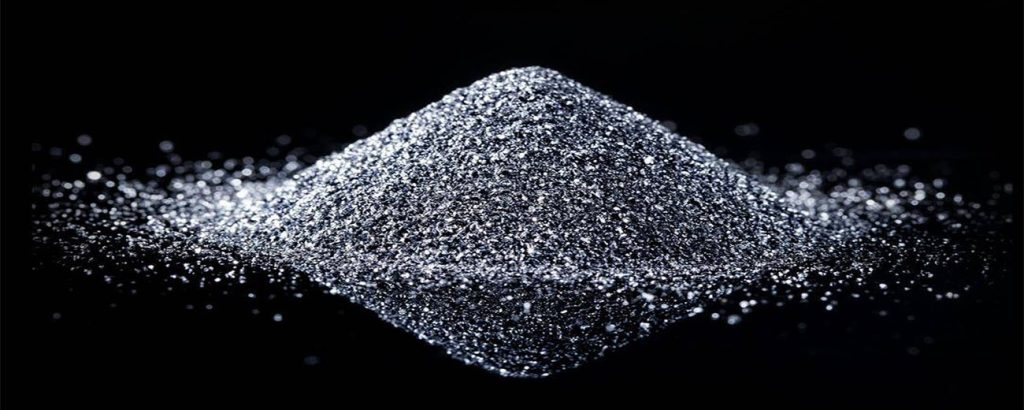- +49 (160) 95 36 60 33
- 08:00 - 17:00
- info@sapphirepetroleum.com
- Select Language
Our silicone products are engineered for durability, versatility, and performance in demanding environments, making them the ideal choice for a wide range of applications.

3. Silicone Sealants
• Applications:
• Construction (window frames, joints, and glazing).
• Waterproofing and bonding in bathrooms and kitchens.
• Electronics and appliances.
• Features:
• Excellent adhesion to glass, metal, and plastic.
• Durable and water-resistant.
4. Silicone Oils
• Applications:
• Lubricants for machinery and equipment.
• Cosmetics (hair conditioners, skin moisturizers).
• Heat transfer fluids in industrial systems.
• Features:
• Low surface tension and thermal stability.
• Non-toxic and resistant to oxidation.
5. Silicone Gels
• Applications:
• Cushioning materials for medical devices.
• Soft encapsulation for electronics.
• Protective layers in wearable technology.
• Features:
• Soft, flexible, and shock-absorbent.
• Resistant to temperature fluctuations.
6. High-Temperature Silicone
• Applications:
• Automotive gaskets and seals for high-performance engines.
• Aerospace components exposed to extreme heat.
• Features:
• Withstands extremely high temperatures.
• Retains mechanical properties under stress.
7. Food-Grade Silicone
• Applications:
• Bakeware, molds, and kitchen utensils.
• Food processing and packaging components.
• Features:
• Safe for direct contact with food.
• Flexible, heat-resistant, and easy to clean.
8. Medical-Grade Silicone
• Applications:
• Implants, catheters, and prosthetics.
• Wound care and dressings.
• Features:
• Biocompatible and sterilizable.
• Safe for prolonged use in medical environments.
1. Silicone Rubber
• Applications:
• Seals and gaskets for automotive and aerospace industries.
• Medical-grade tubing and implants.
• Electrical insulation and weatherproofing.
• Features:
• Excellent heat resistance (-55°C to 300°C).
• Flexible, durable, and resistant to UV and weathering.
2. Liquid Silicone Rubber (LSR)
• Applications:
• Medical devices and baby products (e.g., pacifiers, bottles).
• Electronics and automotive parts requiring precision molding.
• Features:
• High purity and biocompatibility.
• Easy to mold and highly resistant to extreme conditions.
…
Silicone is a synthetic polymer composed of silicon, oxygen, and organic groups like methyl or phenyl. Unlike carbon-based polymers, silicone’s backbone is formed from alternating silicon and oxygen atoms, providing unique flexibility and stability. It is produced through the polymerization of siloxanes derived from silicon, which is sourced from silica (sand).
Silicone is widely used in industries such as construction, automotive, electronics, and healthcare, owing to its heat resistance, flexibility, and biocompatibility.
Chemical Structure:
Silicone’s molecular structure consists of a silicon-oxygen backbone with organic groups attached to the silicon atoms, providing:
• Thermal Stability: Resists high and low temperatures.
• Flexibility: Retains elasticity over a broad temperature range.
• Hydrophobicity: Repels water, making it ideal for waterproof applications.
Key Characteristics:
• Non-Toxic and Biocompatible: Suitable for medical and food-grade uses.
• Durable and Resistant: Withstands UV light, chemicals, and extreme weather.
• Electrical Insulation: Excellent dielectric properties for electronic applications.
Economic Impact:
Silicone is a cornerstone material for innovation in construction, healthcare, and technology industries, supporting products that require durability, safety, and high performance.
Industrial Applications:
• Construction: Sealants, adhesives, and waterproofing materials.
• Automotive: Gaskets, hoses, and engine components.
• Electronics: Insulators, thermal pads, and coatings.
• Healthcare: Implants, tubing, and medical devices.
• Consumer Goods: Bakeware, baby products, and lubricants.
Environmental Impact:
While silicone is durable and long-lasting, its production involves high energy consumption and non-renewable resources. Silicone is non-biodegradable but is less harmful than many plastics due to its inertness.
Sustainability Efforts:
• Recycling Initiatives: Research into recycling silicone into secondary applications, though limited by technical challenges.
• Alternative Sources: Efforts to develop more eco-friendly production methods, including sourcing silicon from renewable energy processes.
• Durability: Silicone’s long life reduces waste compared to disposable alternatives.
Innovations in Silicone Technology:
Emerging advancements include self-healing silicones, improved thermal conductivity for electronics, and formulations for lightweight, high-performance applications.
Role in Emerging Applications:
Silicone is increasingly used in renewable energy systems (e.g., solar panel encapsulation), wearable devices, and smart materials, highlighting its adaptability in modern technologies.
Silicone is a synthetic polymer composed of silicon, oxygen, and organic groups (e.g., methyl, phenyl). It is known for its thermal stability, flexibility, and biocompatibility. Key parameters analyzed for silicone include:
• Density: ~1.1–1.3 g/cm³, depending on the formulation.
• Thermal Stability: Operates effectively between -60°C to 300°C.
• Tensile Strength: ~4–12 MPa, depending on the grade.
• Elongation at Break: 100%–700%, indicating flexibility.
• Hardness: Measured in Shore A or Shore D, ranging from 10A (soft) to 80A (rigid).
• Electrical Resistivity: Excellent dielectric properties, with values exceeding 10¹⁴ Ω·m.
• UV and Chemical Resistance: Outstanding durability in harsh environments.
Standards like ASTM D2240 (hardness), ASTM D412 (tensile strength), and ISO 10993 (biocompatibility for medical-grade silicone) govern its testing and certification.
Silicone is produced globally, particularly in countries with advanced chemical manufacturing industries. Major producers include:
Silicone is categorized based on its structure and application:
• Liquid Silicone Rubber (LSR): Flexible, used in medical devices, seals, and molds.
• High-Temperature Vulcanizing Silicone (HTV): Durable, used in automotive and industrial applications.
• Room-Temperature Vulcanizing Silicone (RTV): Used as adhesives, sealants, and coatings.
• Silicone Fluids: Low viscosity, used in lubricants, personal care, and coatings.
• Foamed Silicone: Lightweight and elastic, used in insulation and cushioning.
• Silicone Elastomers: High-performance rubber for electronics and healthcare.
Silicone’s versatility makes it indispensable in a wide range of industries:
• Construction: Sealants, adhesives, and waterproof coatings.
• Automotive: Gaskets, hoses, and spark plug boots.
• Electronics: Insulators, thermal pads, and conformal coatings.
• Healthcare: Catheters, implants, and medical tubing.
• Consumer Goods: Bakeware, baby products, and waterproof textiles.
• Industrial Applications: Mold-making, lubricants, and vibration dampers.
• Renewable Energy: Encapsulation for solar panels and wind turbines.

SAPPHIRE PETROLEUM COMPANY
© 2024 All Rights Reserved | Powered by Netologist
Reviews
There are no reviews yet.